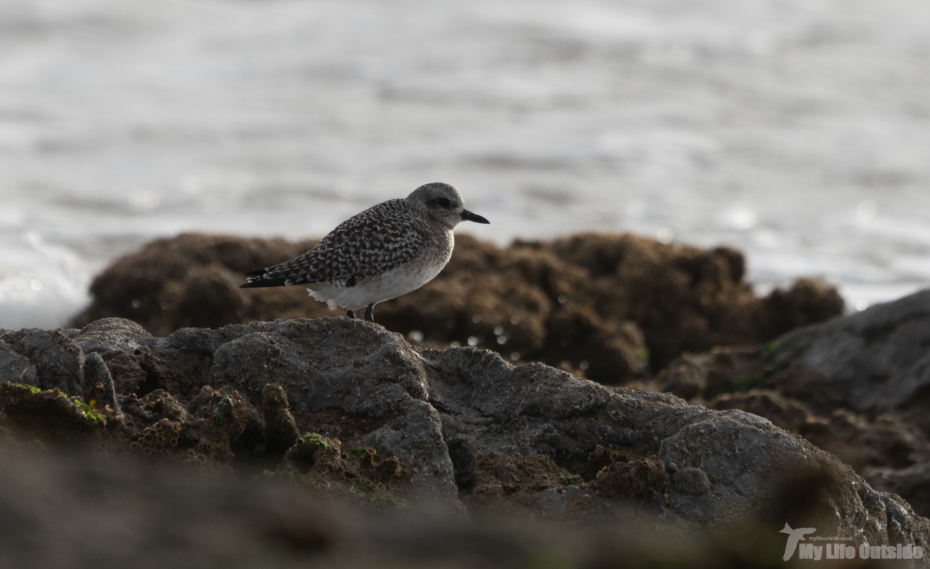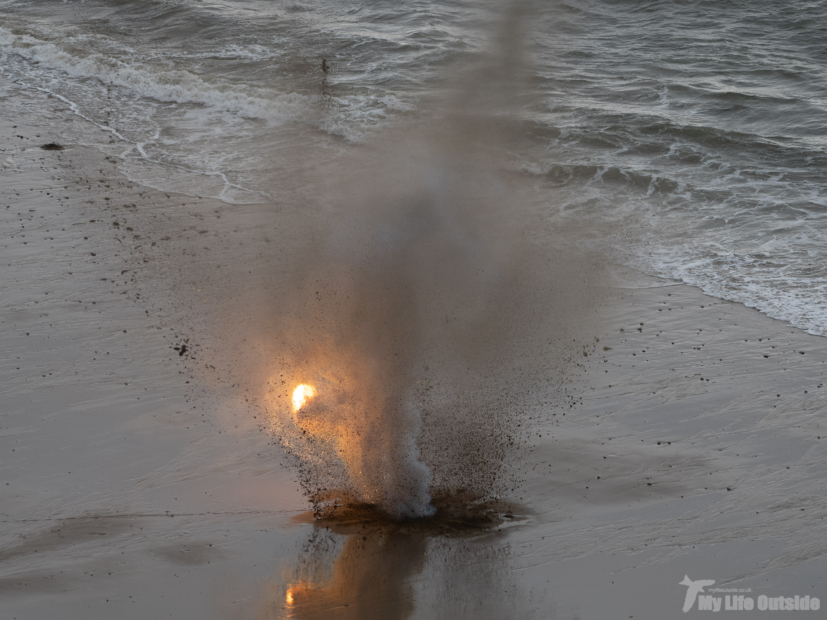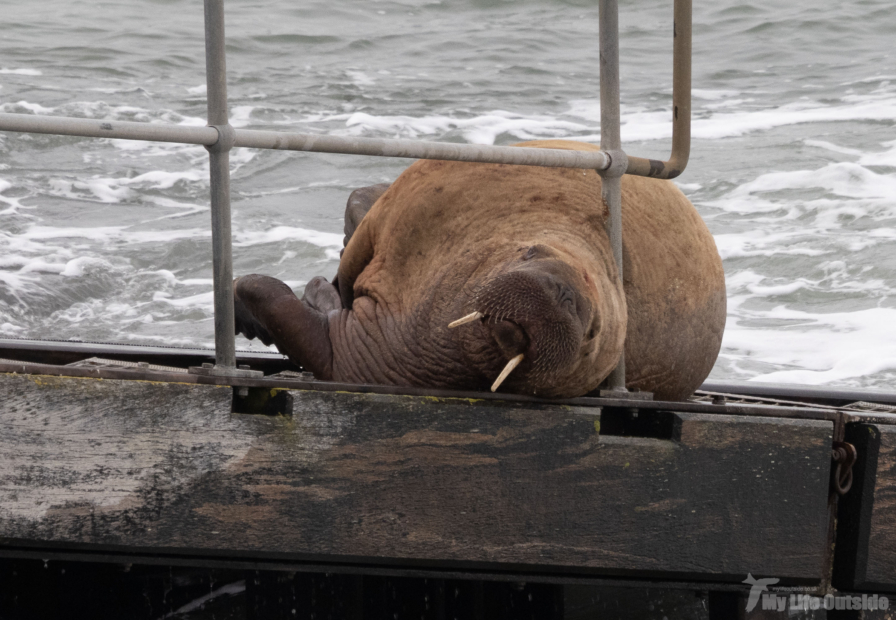Carreg Cennen occupies a dominant position overlooking the village of Trapp and is widely regarded as one of if not the most dramatic of the Welsh castles. The original structure dates back to the twelfth century but it was heavily remodelled by John Giffard a hundred years later into the design we see today. Throughout it’s history Carreg Cennen swapped between English and Welsh ownership as power ebbed between the two warring nations, but it was under English stewardship in 1461 that it finally met its end. At that time a dynastic civil war for the throne of England was raging, a period known as the Wars of the Roses. Carreg Cennen became a stronghold for the Lancastrian faction but ultimately fell to a Yorkist force who subsequently paid five hundred men twenty eight pounds to demolish it stone by stone. Fortunately the money must not have been sufficient as although its interior is long gone, the exterior walls have stood the test of time well.
A well marked footpath circles Carreg Cennen and its surrounding valleys and it was this that we followed throughout the afternoon. As always when embarking on a new walk you never know quite what you will find, and this trip was to be no different. After a few miles of walking through pristine Welsh countryside we came upon the following sign. Am I the only one that finds such warnings an invitation to go and investigate further?
Having read the sign and decided we could handle the danger we followed a very narrow track above a fast flowing river to the object of our potential doom. As the trees opened out we came upon a stone cliff at the base of which an underwater cave was spewing what we later discovered to be the source of the River Loughor. Amazingly our house overlooks the mouth of the very same river. If I’d studied the map in more detail I probably would have realised what we were heading for far earlier, but in a way it was more enjoyable to simply stumble across it.
A few meters away from the cave lies the post medieval ruins of Llygad Llwchwr limekiln and its associated quarry. At one time lime was a valuable raw material used for construction, lime washing buildings and improving the quality of soil. Though tranquil today the valley must once have reverberated to the sounds of men and their tools whilst the heat and smoke from the kiln would have been distinctly unpleasant.
Throughout our walk Red Kites were a constant companion as they called overhead and soared across the valley. This one in particular did a couple of circuits before gliding effortlessly out of sight.
Fungi were also relatively abundant with my ever favourite and much mentioned Yellow Brain Fungus being the most common. The Gorse did hold one other species in the shape of this as yet unidentified colony.
By the time we made it back to the castle a bank of cloud that had been slowly creeping in from the west had finally succeeded in its goal of blotting out the sun. The result was a noticeable drop in temperature so we were somewhat surprised to find this Small Tortoiseshell fluttering around the ticket hut.
Given that the butterfly was continually shivering its wings I would guess that it was extremely cold, a feeling that I can sympathise with as so was I. Hopefully this sighting marks the start of another successful butterfly season in which I hope to pick up a few of the less common species after my initial forays last year. If the weather forecast is anything to go by though there may be a blip on the way with a cold snap forecast in the next few days. What was that about it being spring?











7 Comments
TexWisGirl · March 3, 2012 at 12:21 am
the castles are always so cool to see (for us US folk). that butterfly is really cool, too, with its ultra hairy body.
Brian King · March 3, 2012 at 4:00 am
Love that castle! Very cool! Your Kite and butterfly shots are fantastic!
holdingmoments · March 3, 2012 at 5:55 am
Great post Adam.
A fine looking castle.
You're certainly giving me some ideas of places to visit.
theconstantwalker · March 3, 2012 at 10:16 pm
A wonderful post Adam.. the nearest I have been to your wonderful part of the world is Monmouth to the east and Cardigan on the coast.. I really hope to visit soon.
Dave · March 4, 2012 at 8:13 am
great post. I love the harlech area of Wales and often enjoy the castle there…. Red Kite would be a bonus though.
Adam Tilt · March 6, 2012 at 9:59 pm
TexWisGirl – we forget how privileged we are sometimes to have such historic buildings on our doorsteps. Glad you are enjoying them.
heyBJK – thanks very much.
Keith – cheers. Glad I'm getting to show of the beauty of this country to others.
Andrew – it's definitely worth the trip!
Dave – thanks. Harlech is a lovely area with another top castle as well. Used to go there often in my youth on family holidays.
Martha Z · March 7, 2012 at 4:47 am
I love the kite, much more colorful than ours which is white and black. I've never seen a butterfly with a shaggy mane before.
All and all a very interesting post.